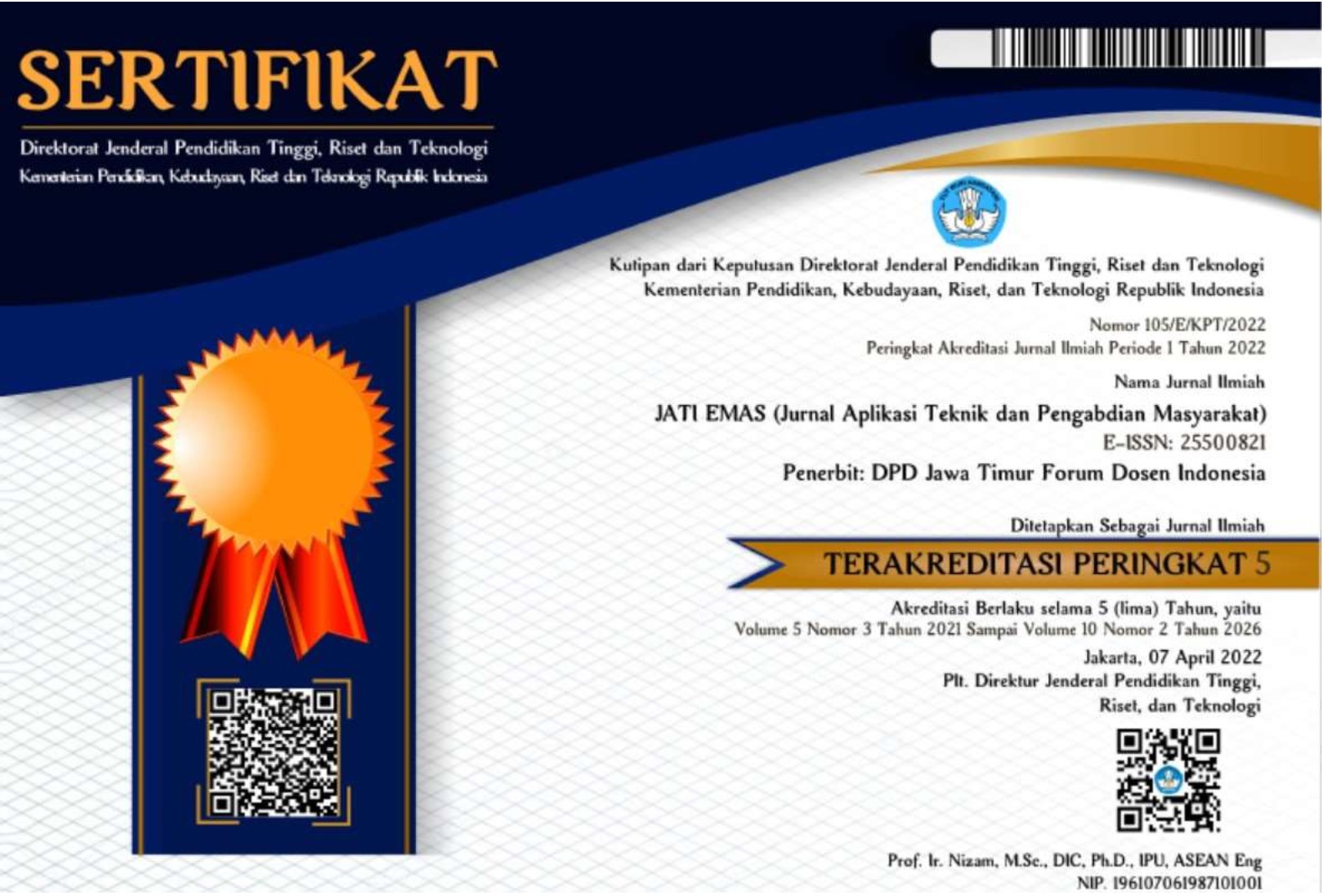Changing Waste Left From Agricultural Harvest Become Organic Fertilizer
Mengubah Limbah Sisa Panen Hasil Pertanian Menjadi Pupuk Organik
DOI:
https://doi.org/10.12345/je.v8i4.148Keywords:
Harvest Waste, Organic Fertilizer, Farmer Group, Chili PlantsAbstract
The Telaga Kodok area is one of the agricultural production centers in Maluku Province, especially for horticultural crops. Farmers usually rely on chemical fertilizer inputs, but lately there has been a shortage of fertilizer, the impact of which is that the growth and production of farmers' crops have decreased. The solution alternative is to use organic fertilizer made from agricultural waste in the form of harvest residues and other raw materials that can be enriched using Gliricidea prunings because they are rich in nitrogen. The purpose of this program is to overcome fertilizer limitations as well as to increase agricultural production and improve the income of farmer groups. The approach method is participatory with participants as the target. The stages of the activity include FGD (focus group discussion) training on the manufacture and benefits of organic fertilizer, and organic fertilizer manufacturing techniques. From the FGD training activities, there was a paradigm shift in the perspective of farmer groups in the use of organic fertilizer as a soil fertilizer. Members of farmer group have understood how to make organic fertilizer from raw materials of agricultural waste. Organic fertilizer produced from agricultural waste that is put into an incubation tank with a volume of 4.05 m3 is 2.0 m3 of organic fertilizer. This organic fertilizer when applied to cayenne pepper plants, after one month from planting, appears to be able to promote good plant growth and development.






